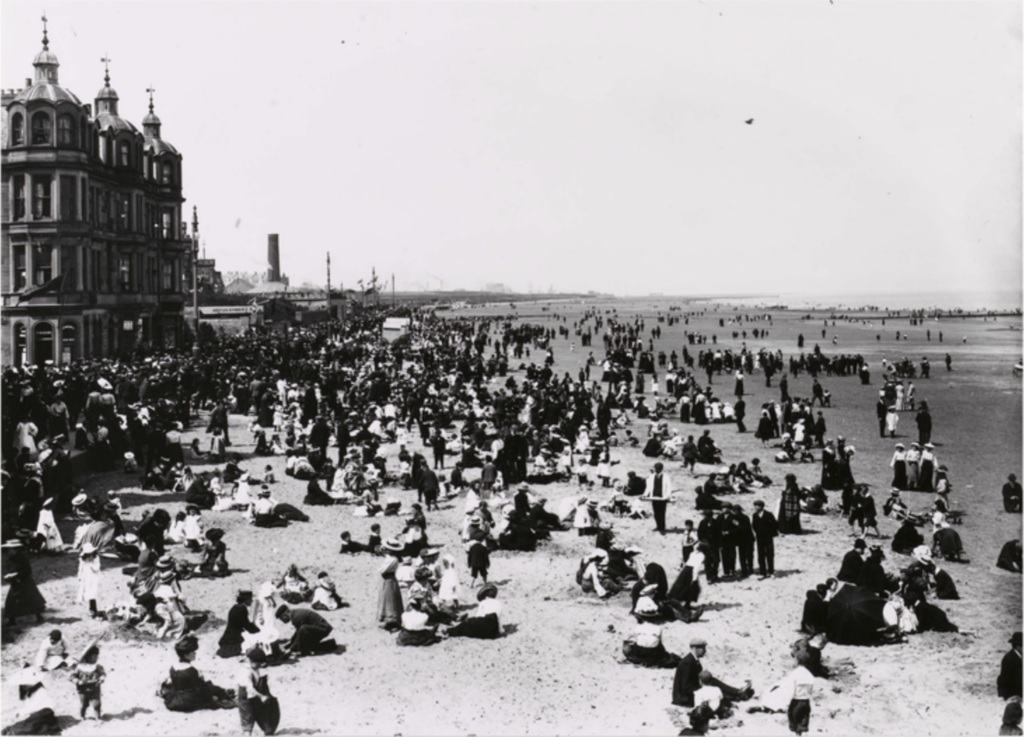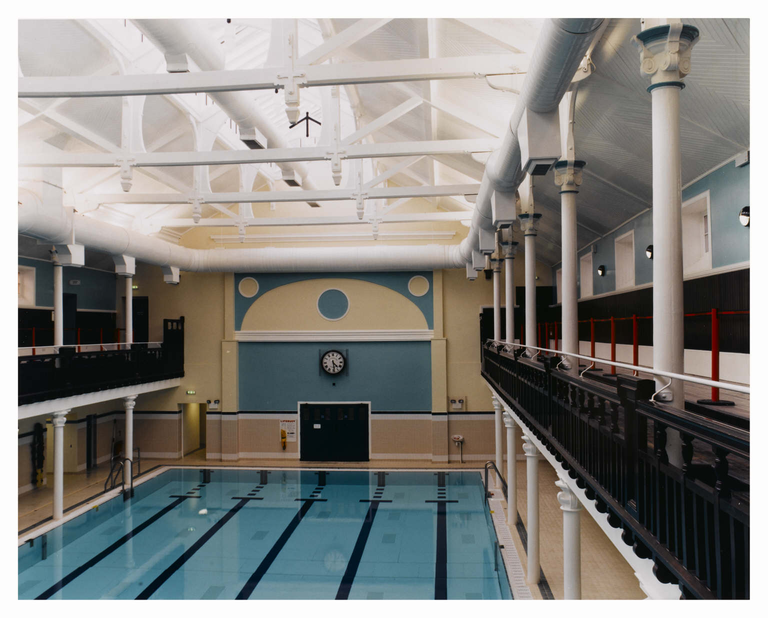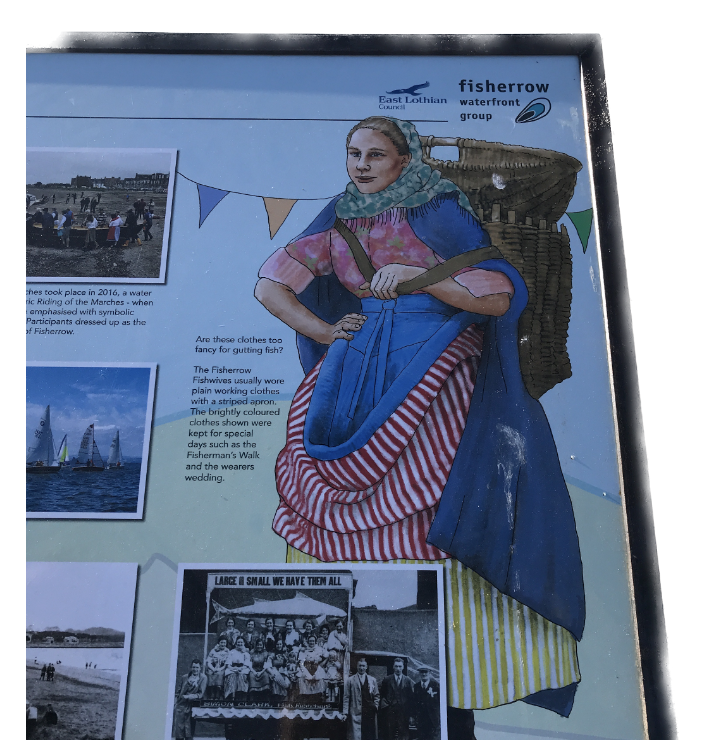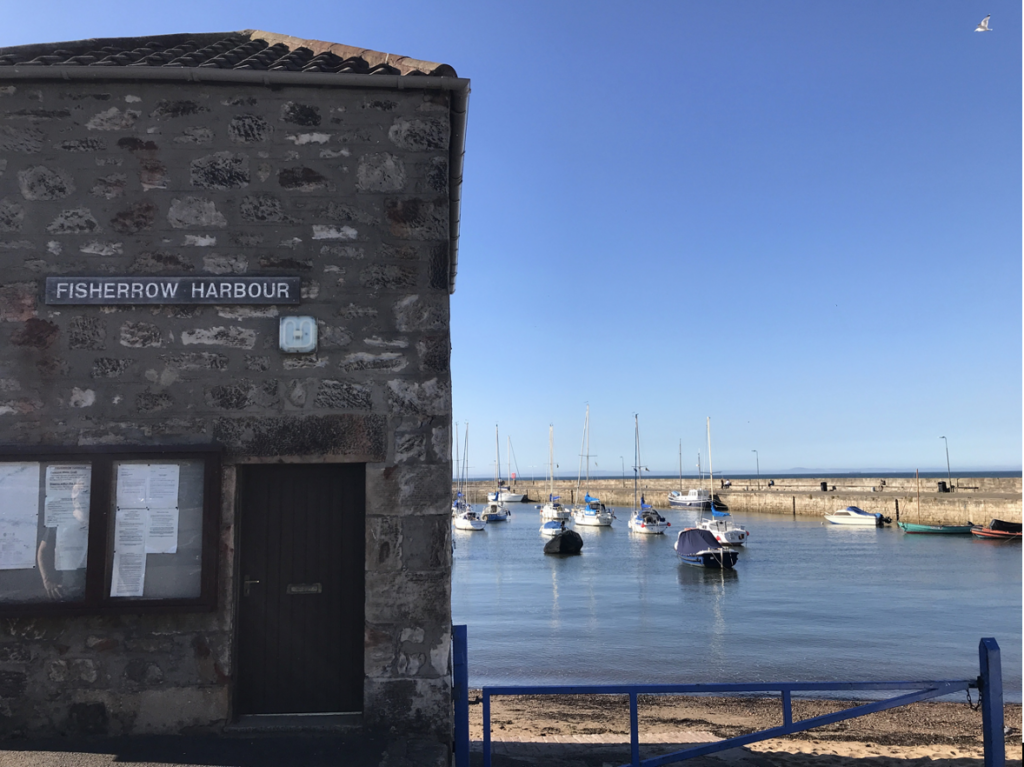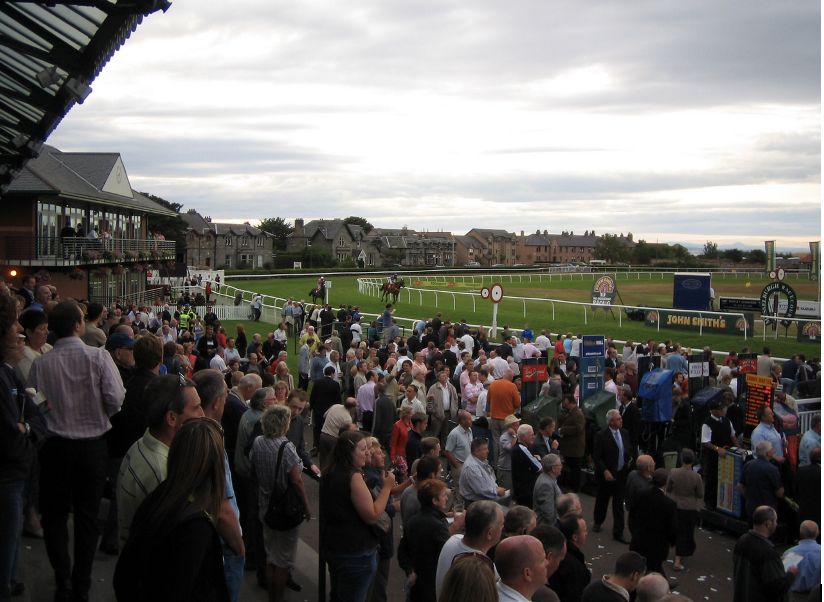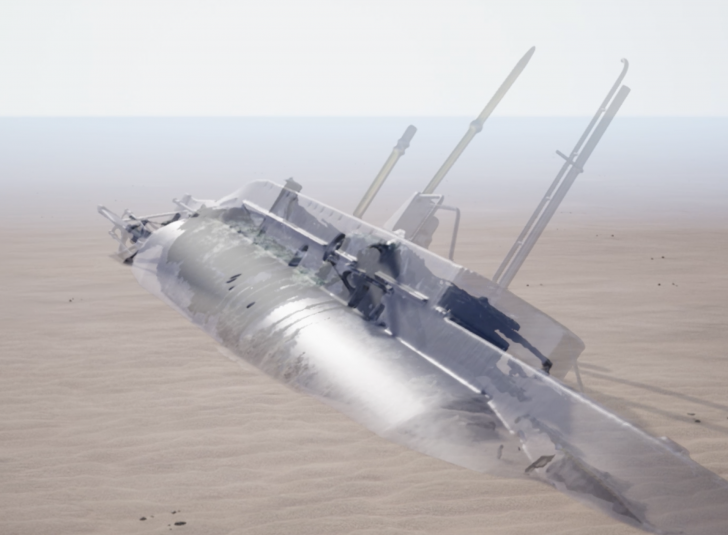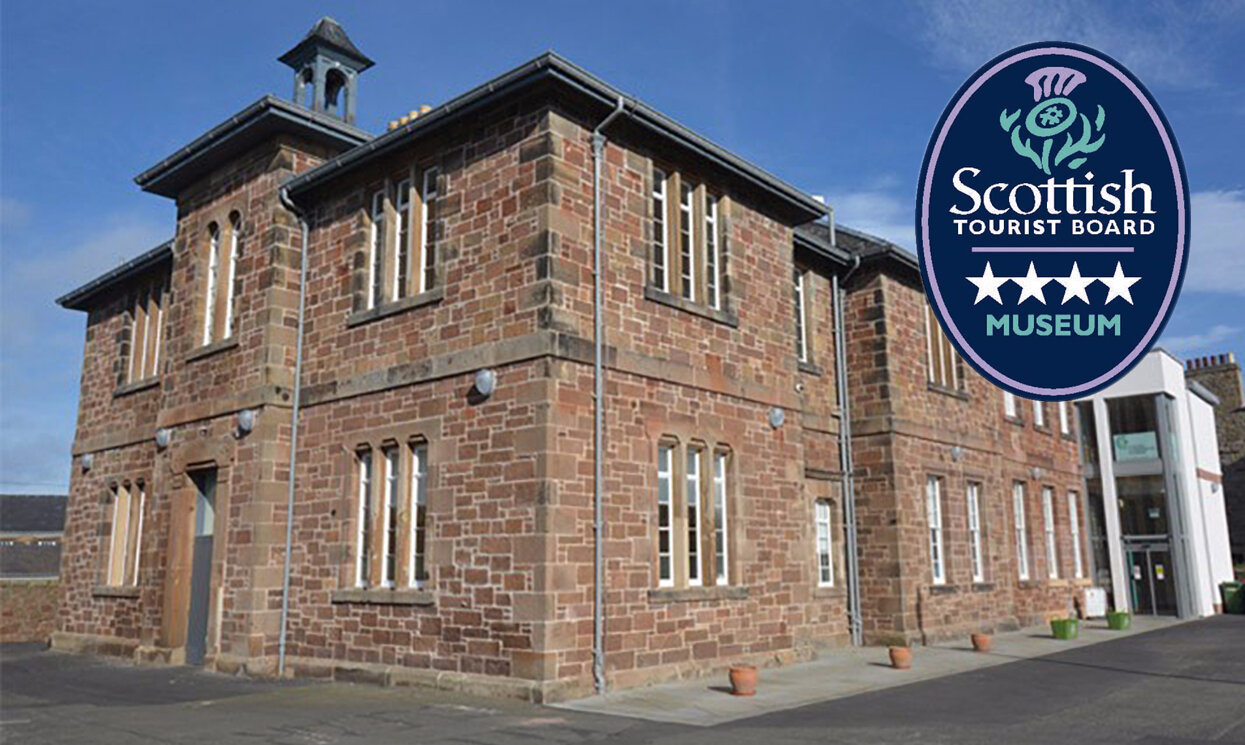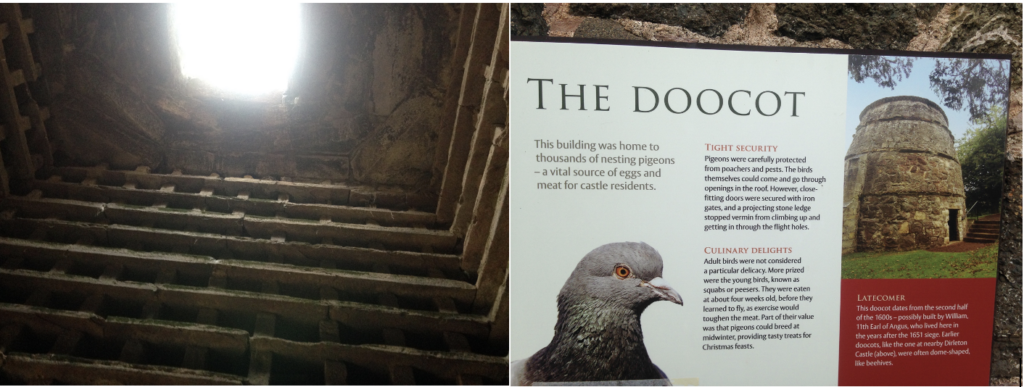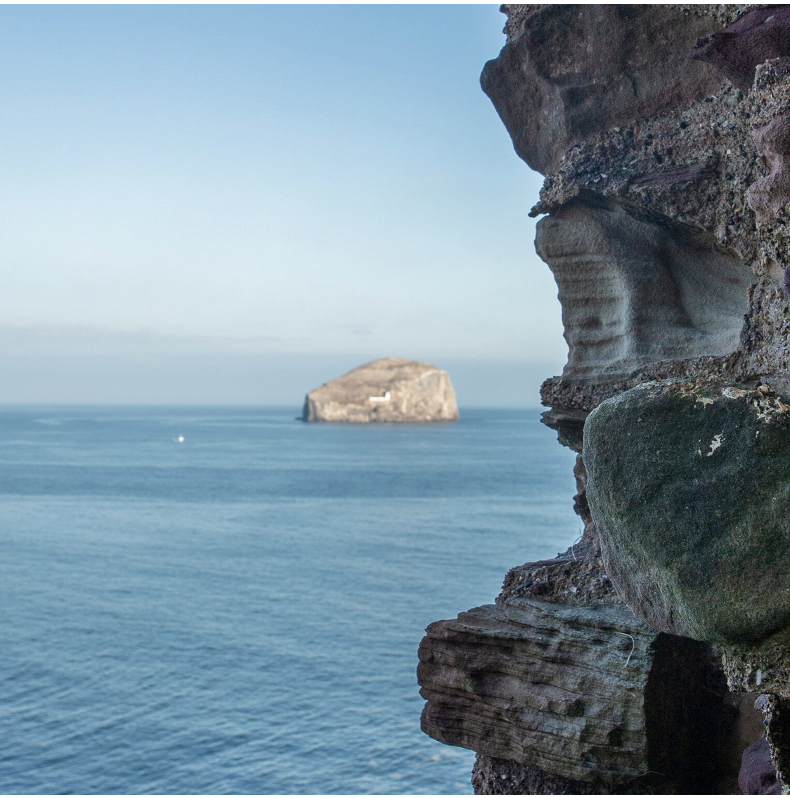Pier Pl, Newhaven, Edinburgh, EH6 4LP

The harbour at Newhaven dates back to the 1480s, when the local fishing community relocated here from the busier trading harbour in Leith, which also gave the new location its name. The area soon expanded as King James IV (crowned in 1488) instigated an expansion of the Royal Scots Navy and a Royal Dockyard was established in Newhaven by 1505, culminating in the construction of arguably the largest warship in Europe of its time, Great Michael (launched in 1511). As James IV and his army were defeated, Newhaven returned to being primarily a fishing port, including servicing lucrative oyster farming in the Firth of Fort; as well as a being the ferry terminal for connections to Burntisland and Lower Largo in Fife. As early as 1572, the Society of Free Fishermen of Newhaven, was formed, thus being one of the oldest friendly societies in Scotland.
Significant port renovations and expansions in the 19th century led to the construction of two lighthouses in on the North breakwater of Newhaven Harbour. The first one was build in 1830 halfway along the breakwater and features a smaller stone tower with a domed roof. Later, in 1869, a 50-foot high octagonal cast-iron tower lighthouse was built at the tip of the breakwater by James Dove and Company. These lighthouses were critical for the deployment of pilot boats from the Newhaven Harbour, with local families being well regarded and dominating this service in the Firth of Forth. Though decommissioned, this lighthouse still has a symbolic light within its glass dome.

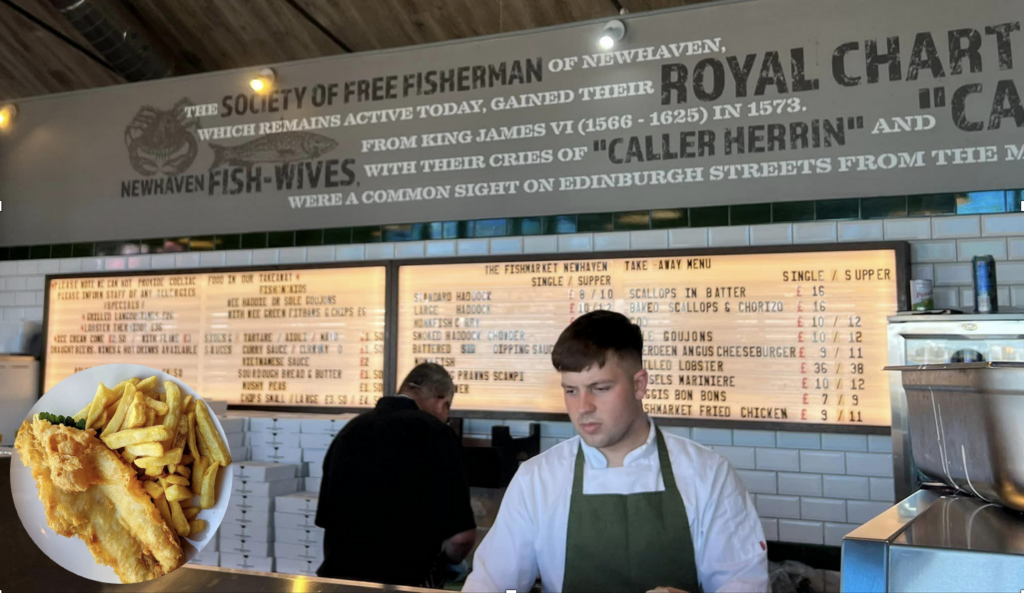
Today the Heart of Newhaven community centre is keeping the Newhaven local community and its heritage alive.

Newhaven Village and Harbour https://www.allaboutedinburgh.co.uk/newhaven-attractions-edinburgh Newhaven https://www.undiscoveredscotland.co.uk/edinburgh/newhaven/index.html
Heart of Newhaven community centre https://www.heartofnewhaven.co.uk/




